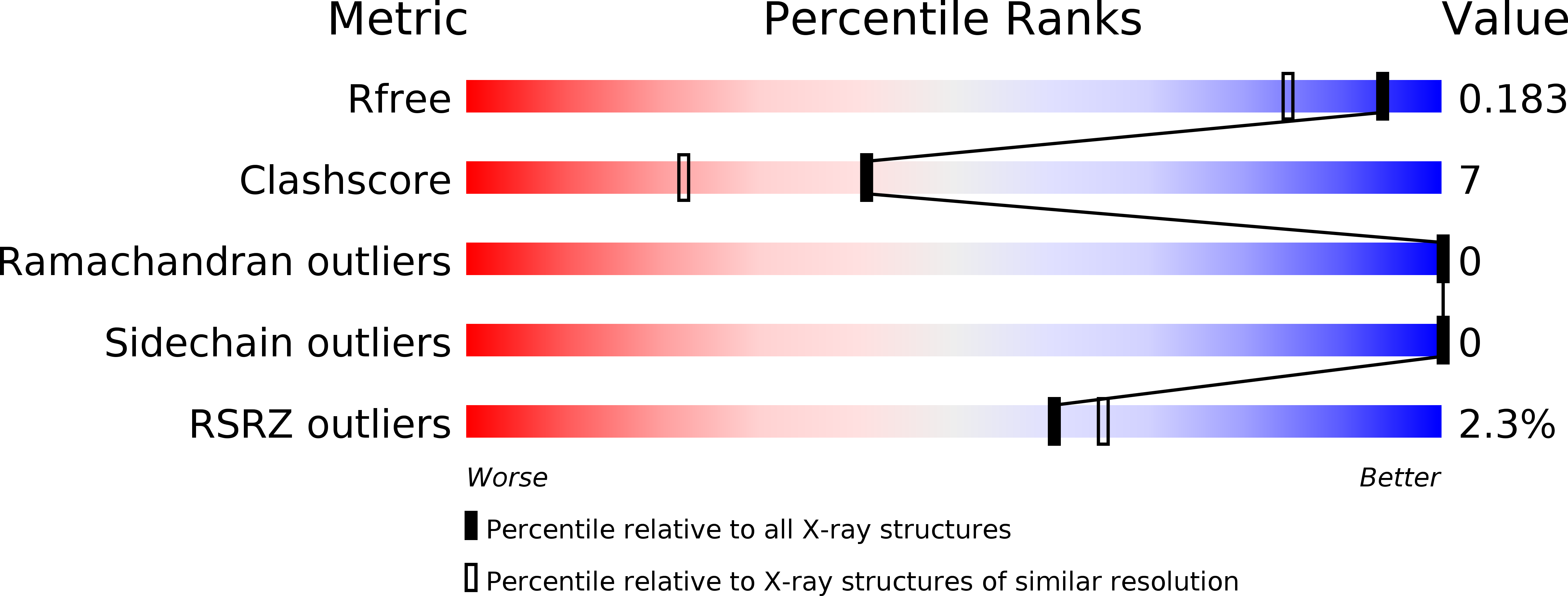
Deposition Date
2018-03-08
Release Date
2018-05-16
Last Version Date
2024-01-17
Entry Detail
PDB ID:
6FX9
Keywords:
Title:
The X-ray structure of the ferritin nanocage containing Au and Pt, obtained upon encapsulation of a single heterobimetallic compound within the protein cage (synchrtron data)
Biological Source:
Source Organism:
Equus caballus (Taxon ID: 9796)
Method Details:
Experimental Method:
Resolution:
1.50 Å
R-Value Free:
0.18
R-Value Work:
0.15
R-Value Observed:
0.15
Space Group:
F 4 3 2


